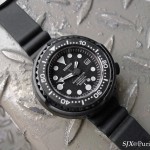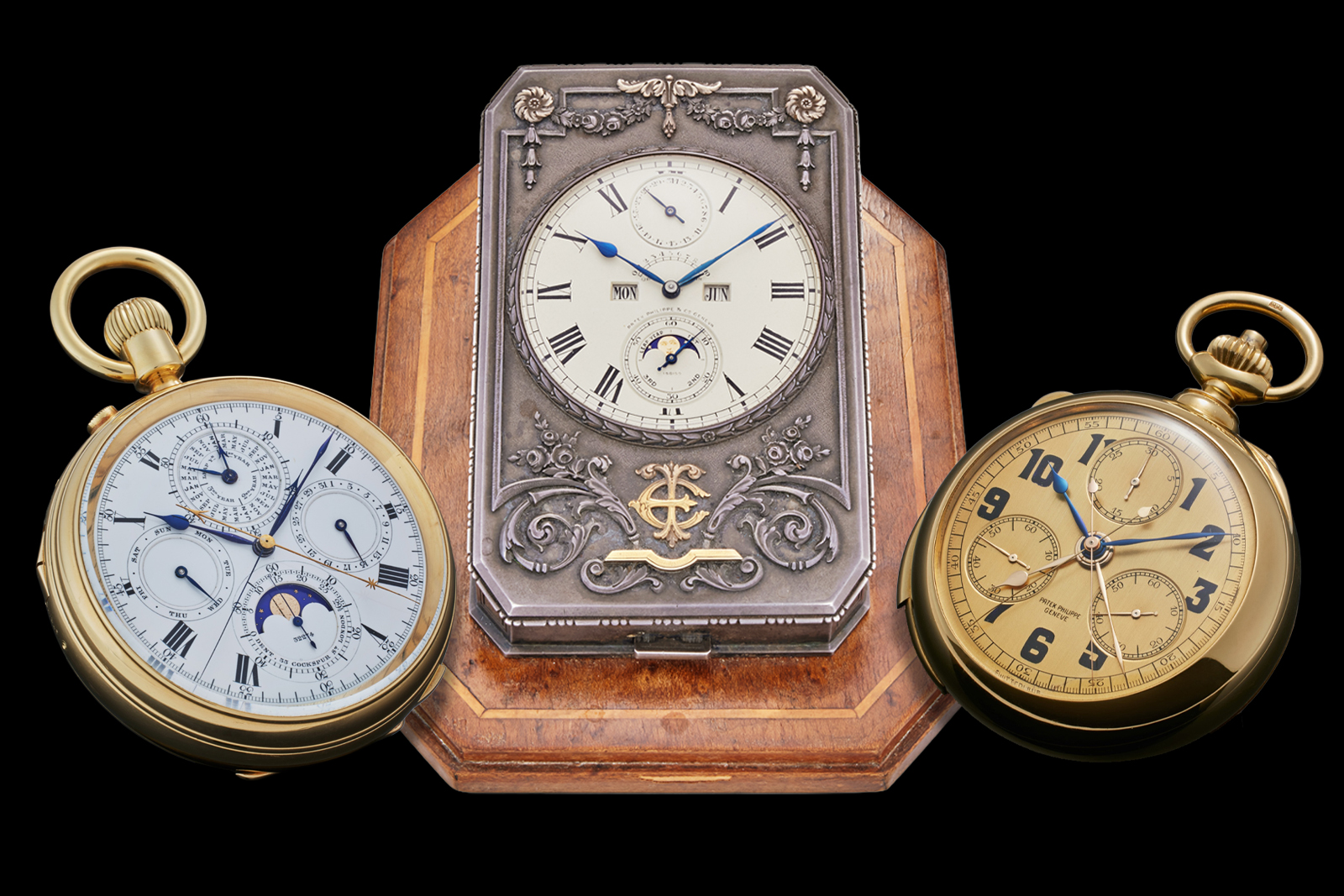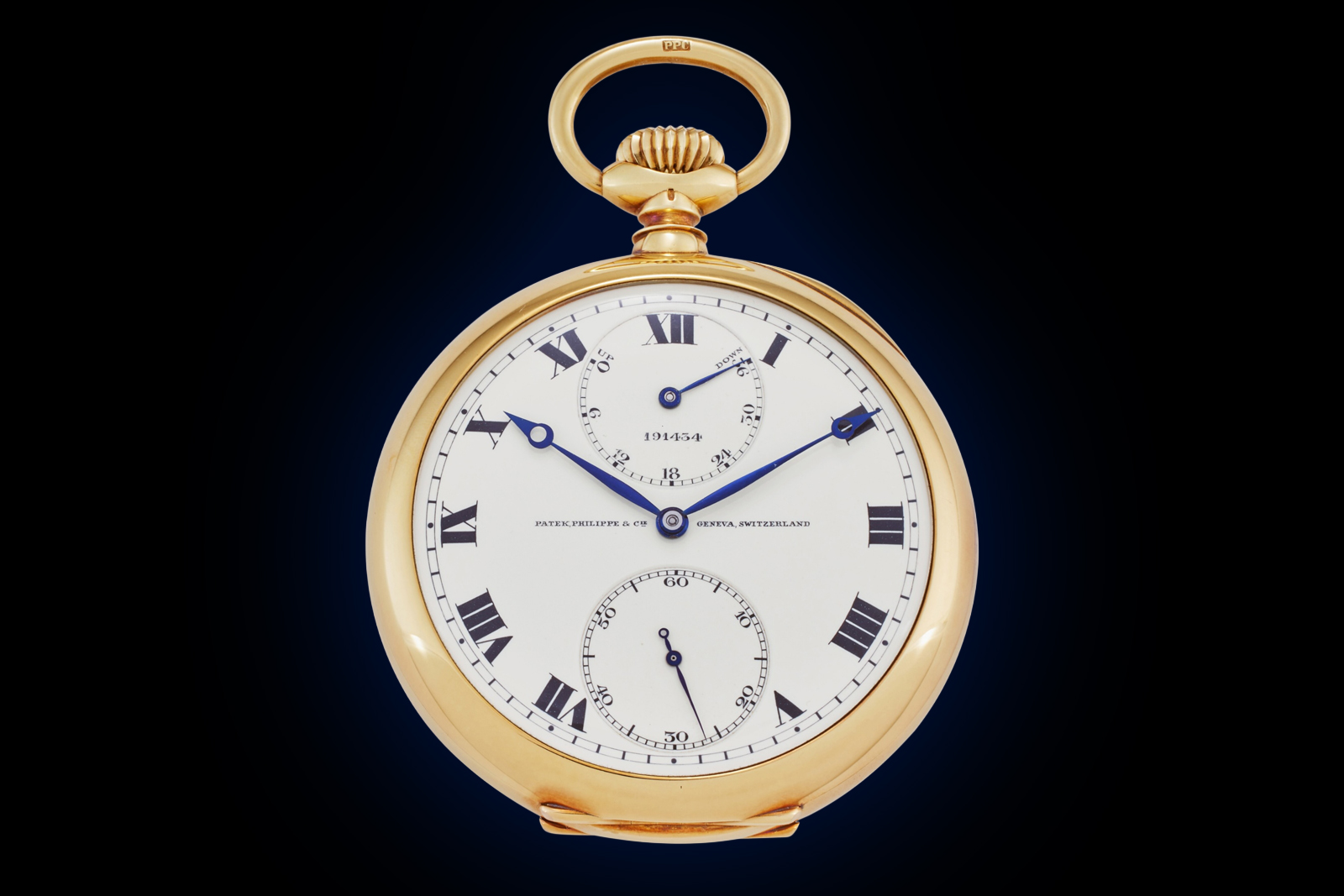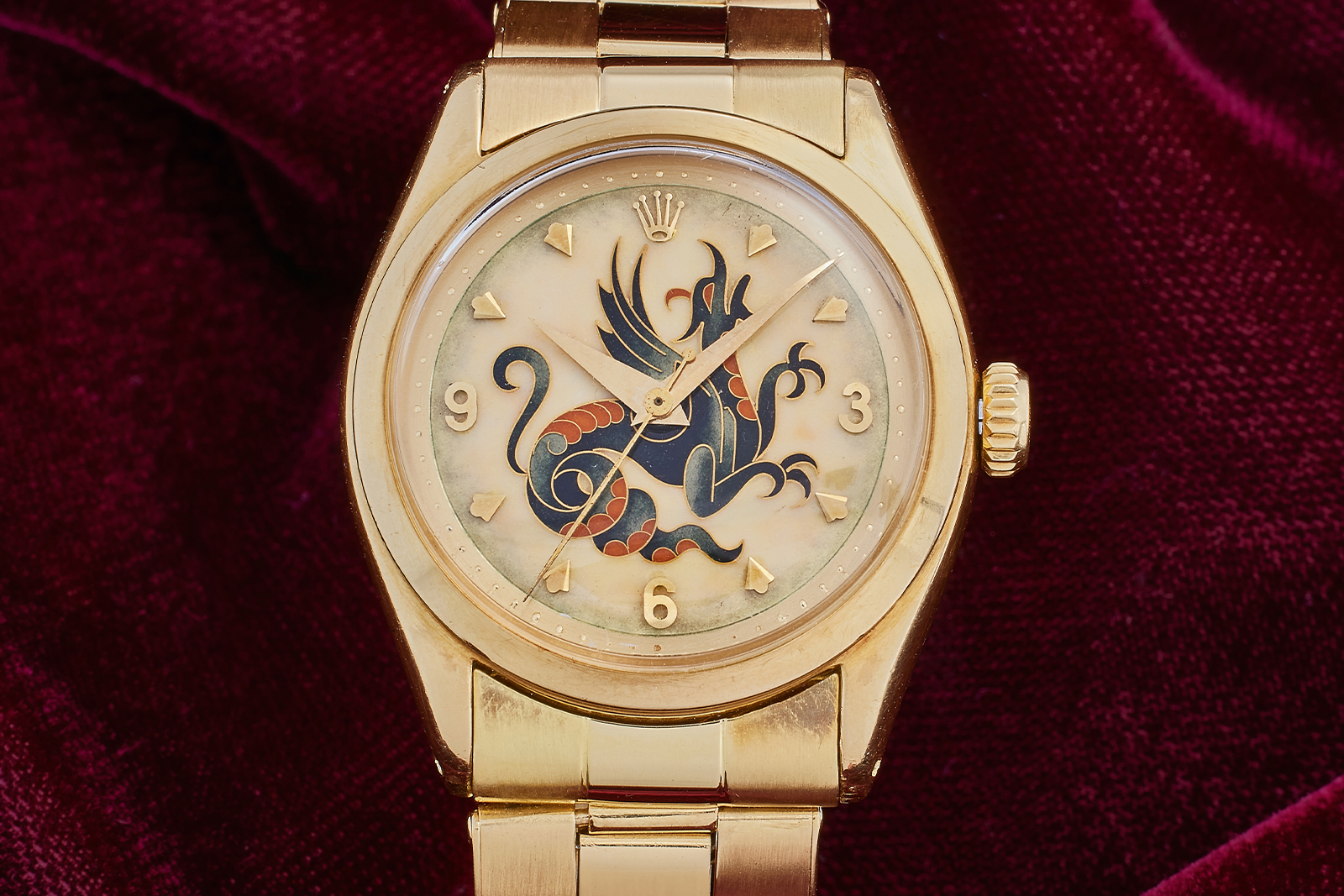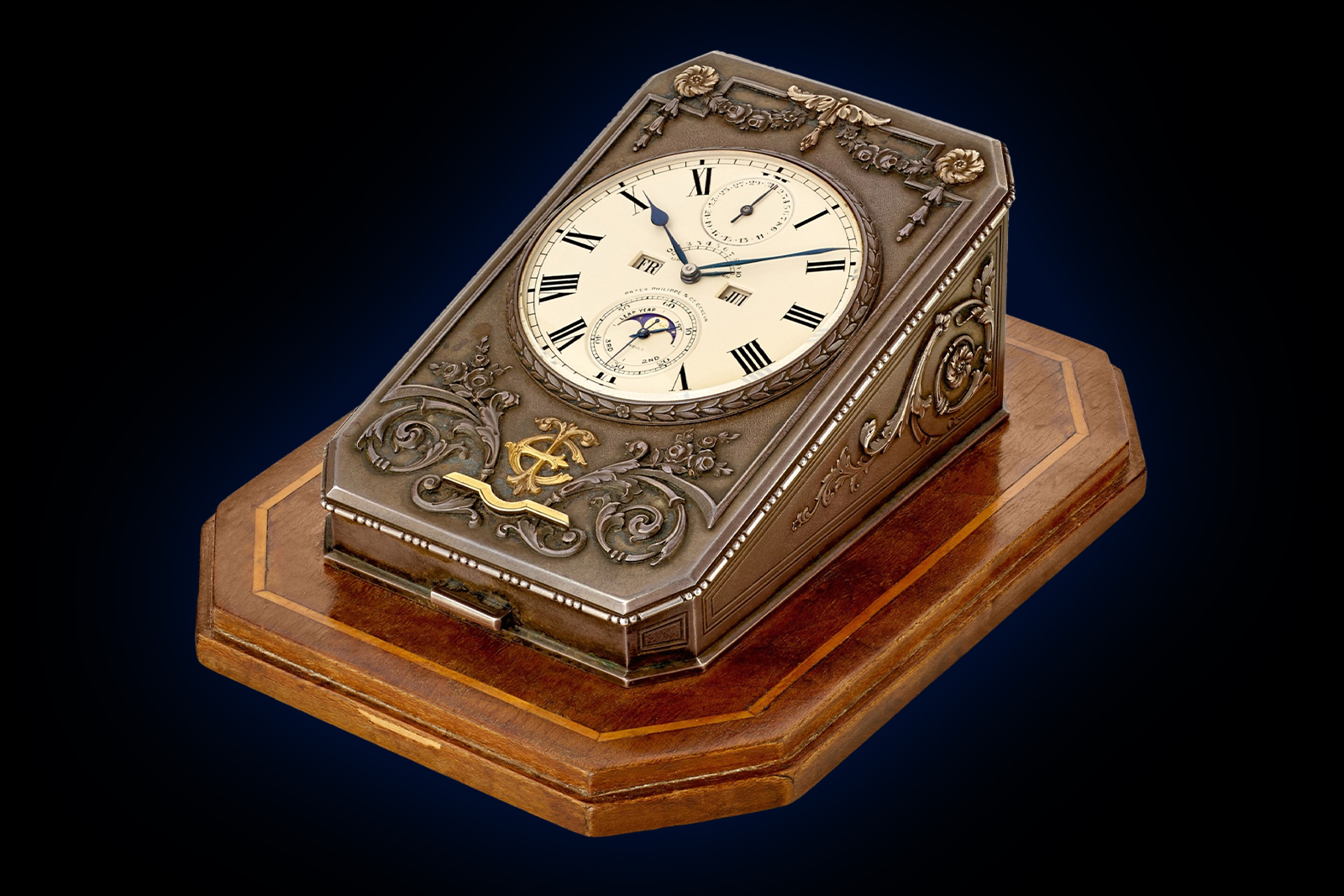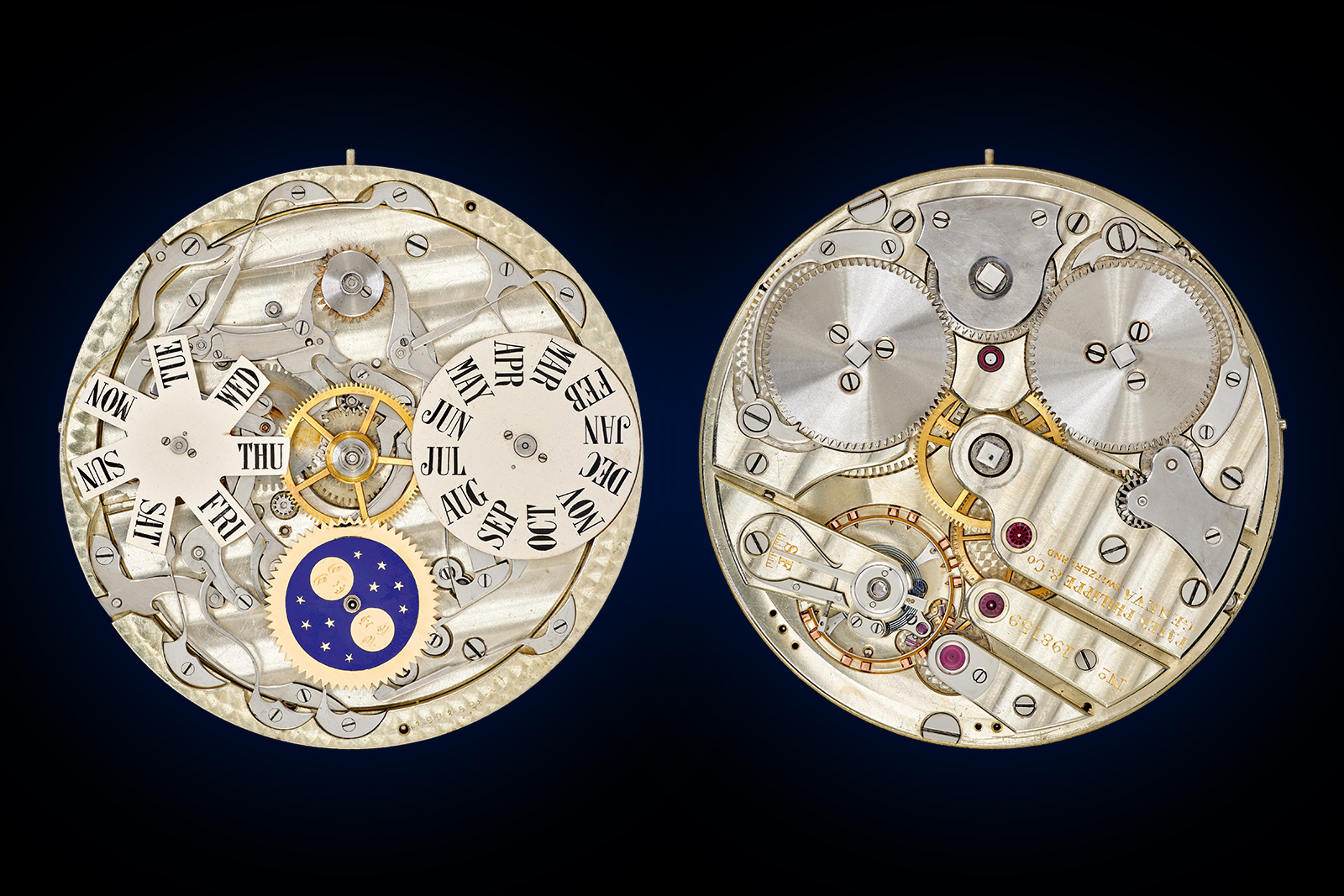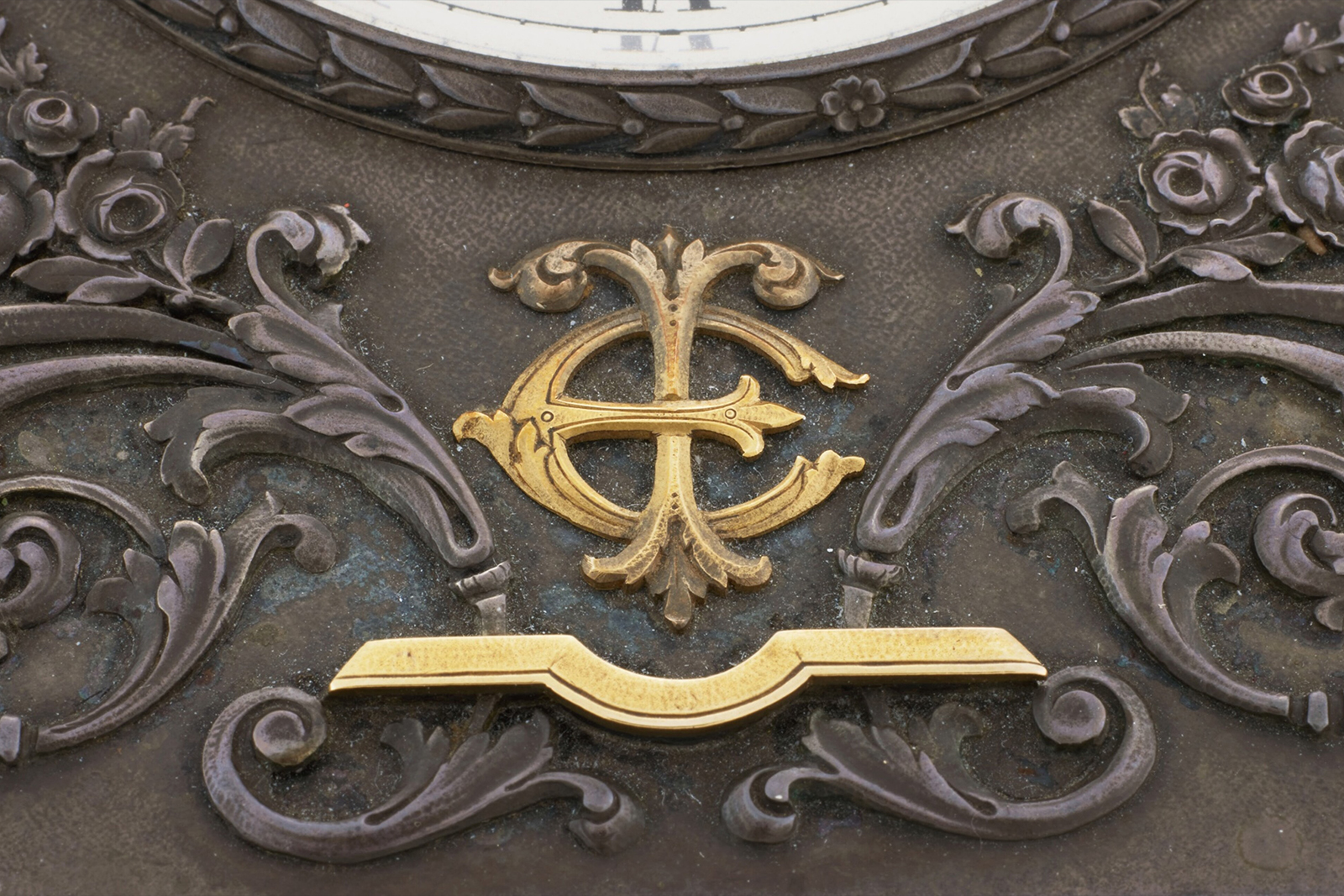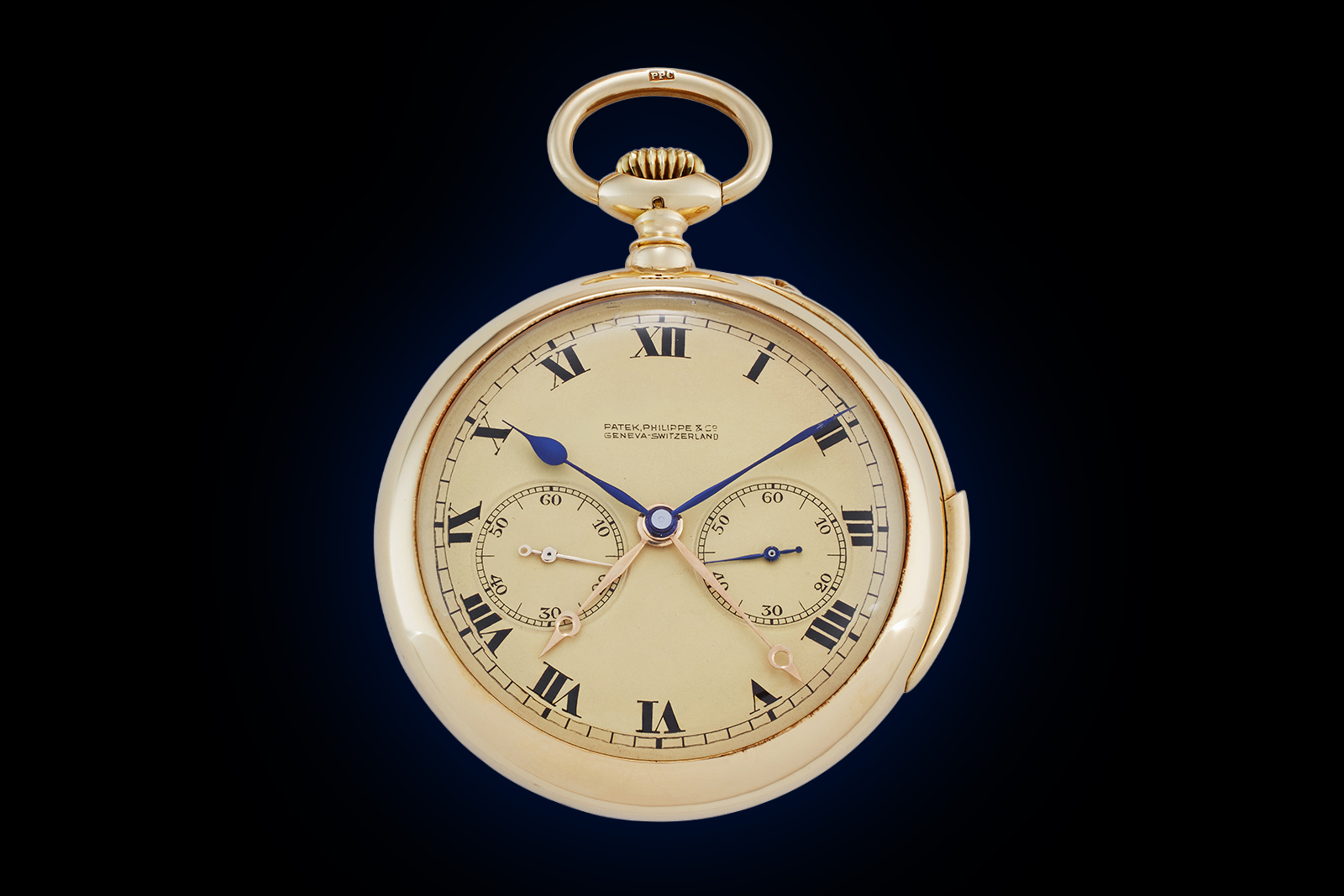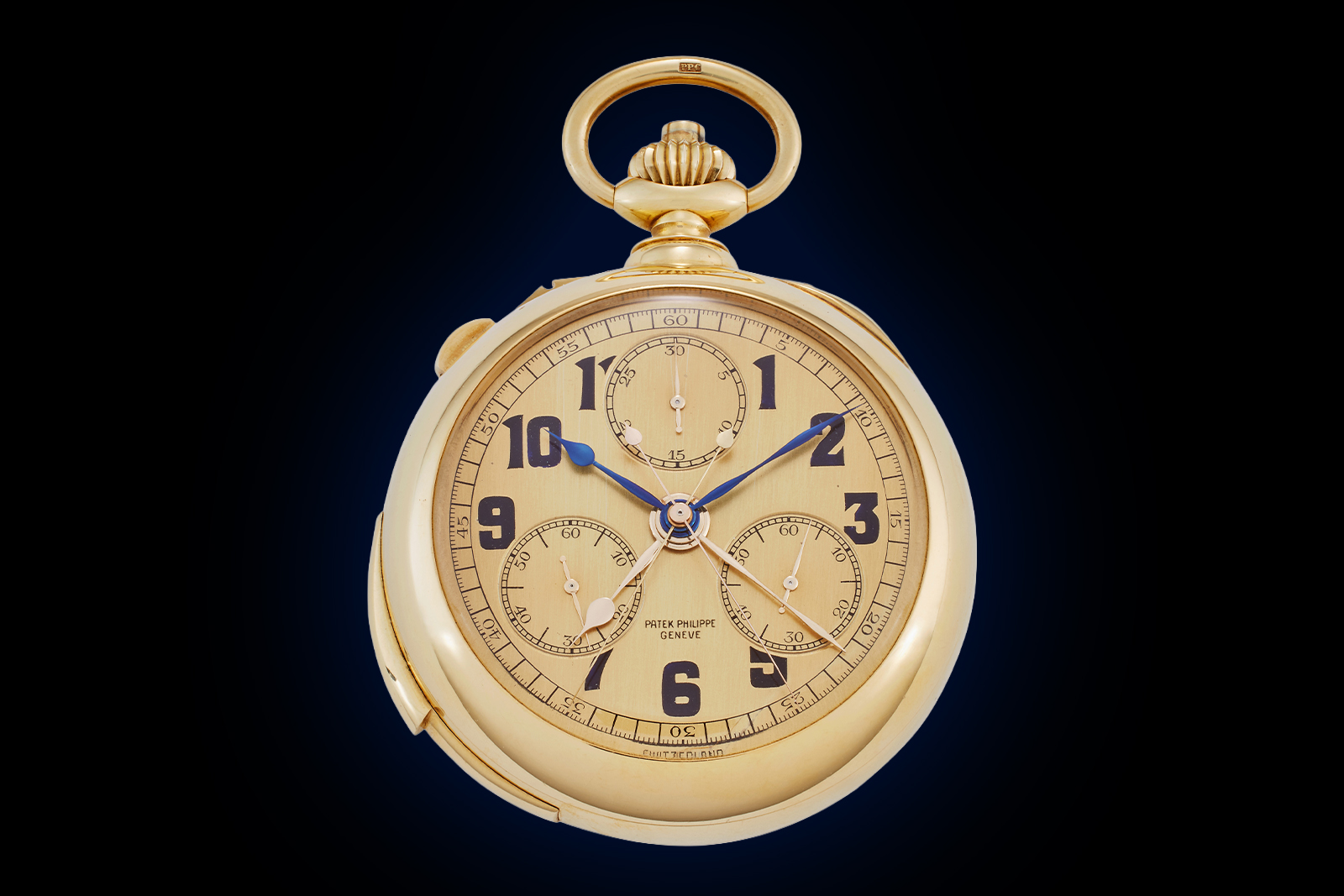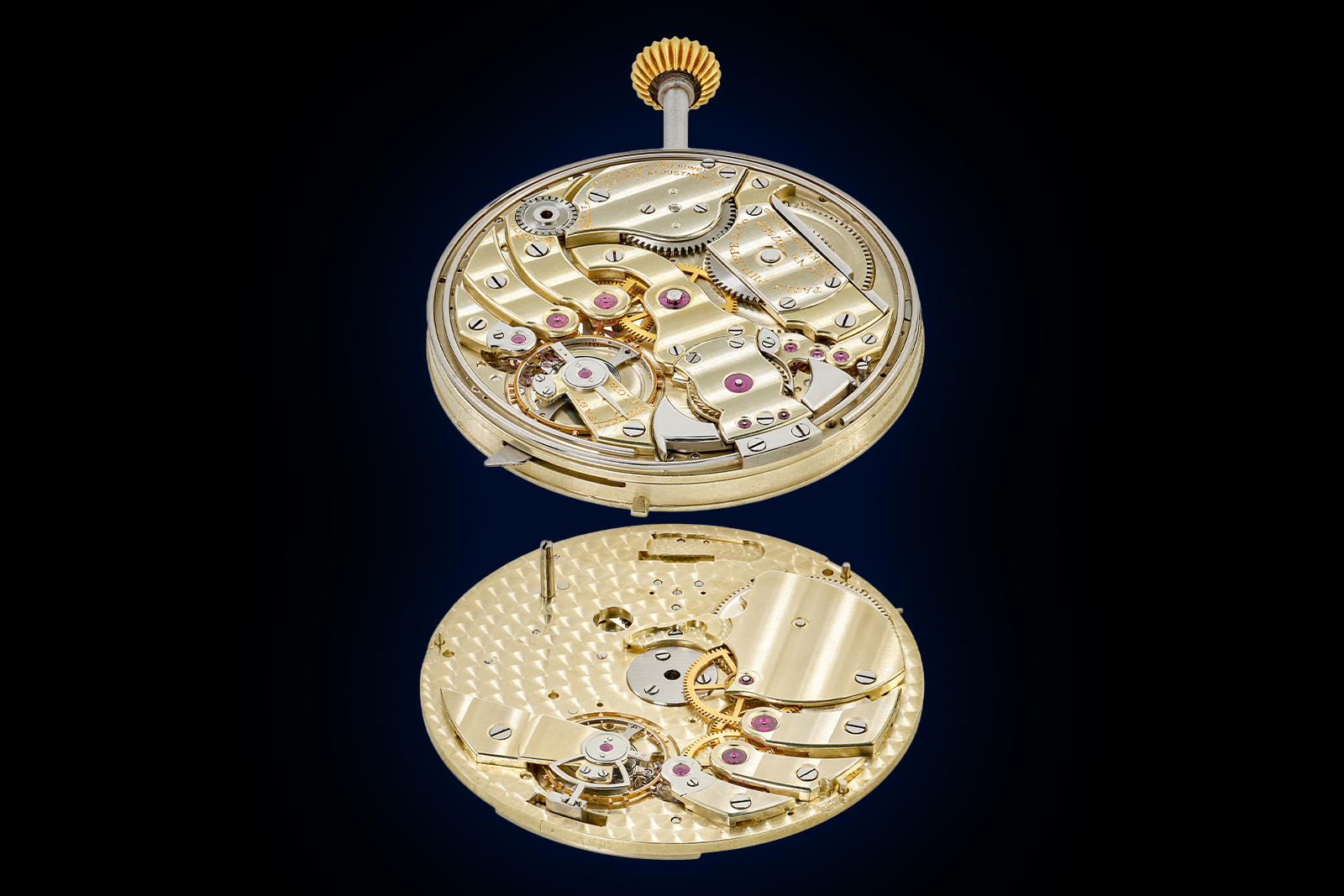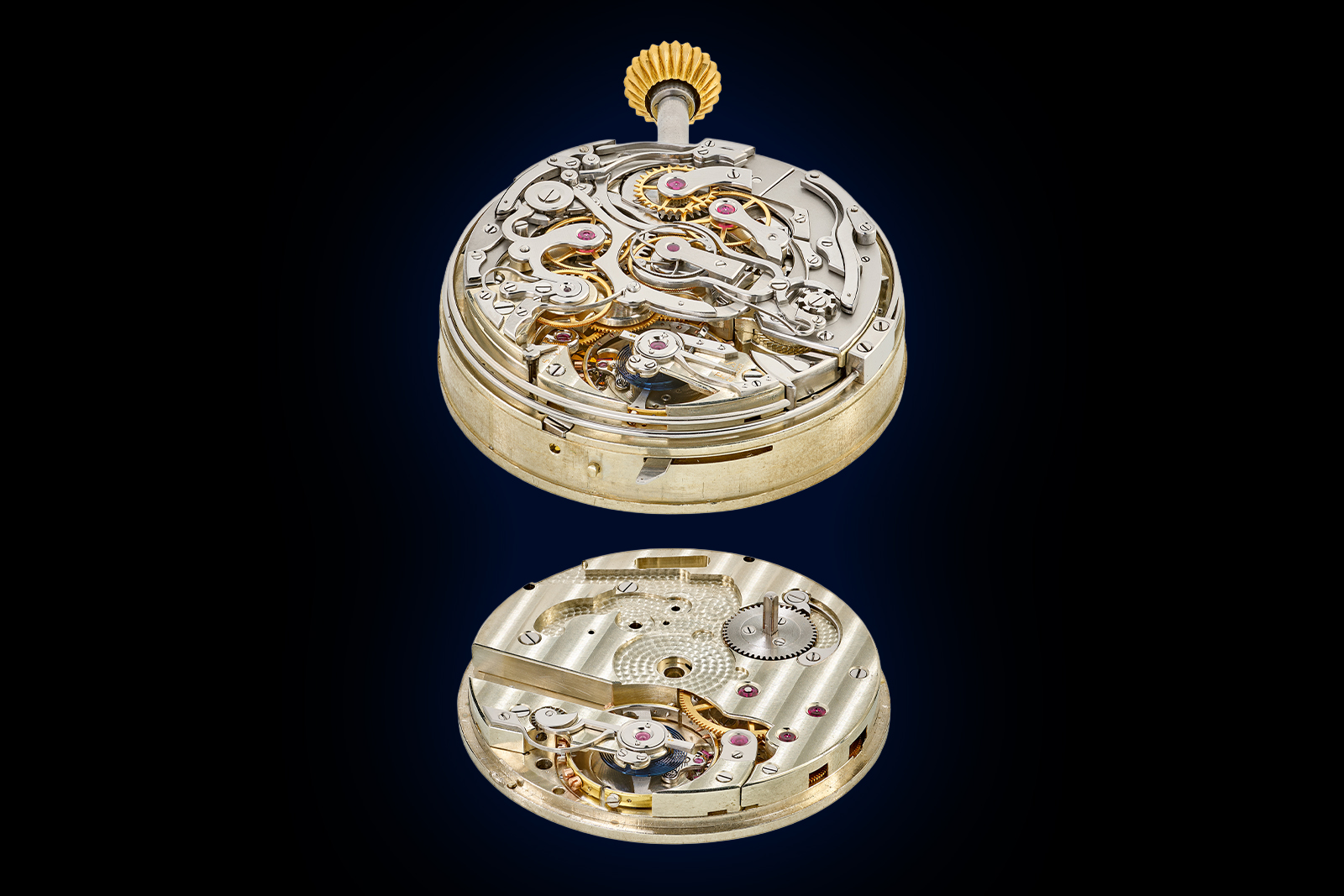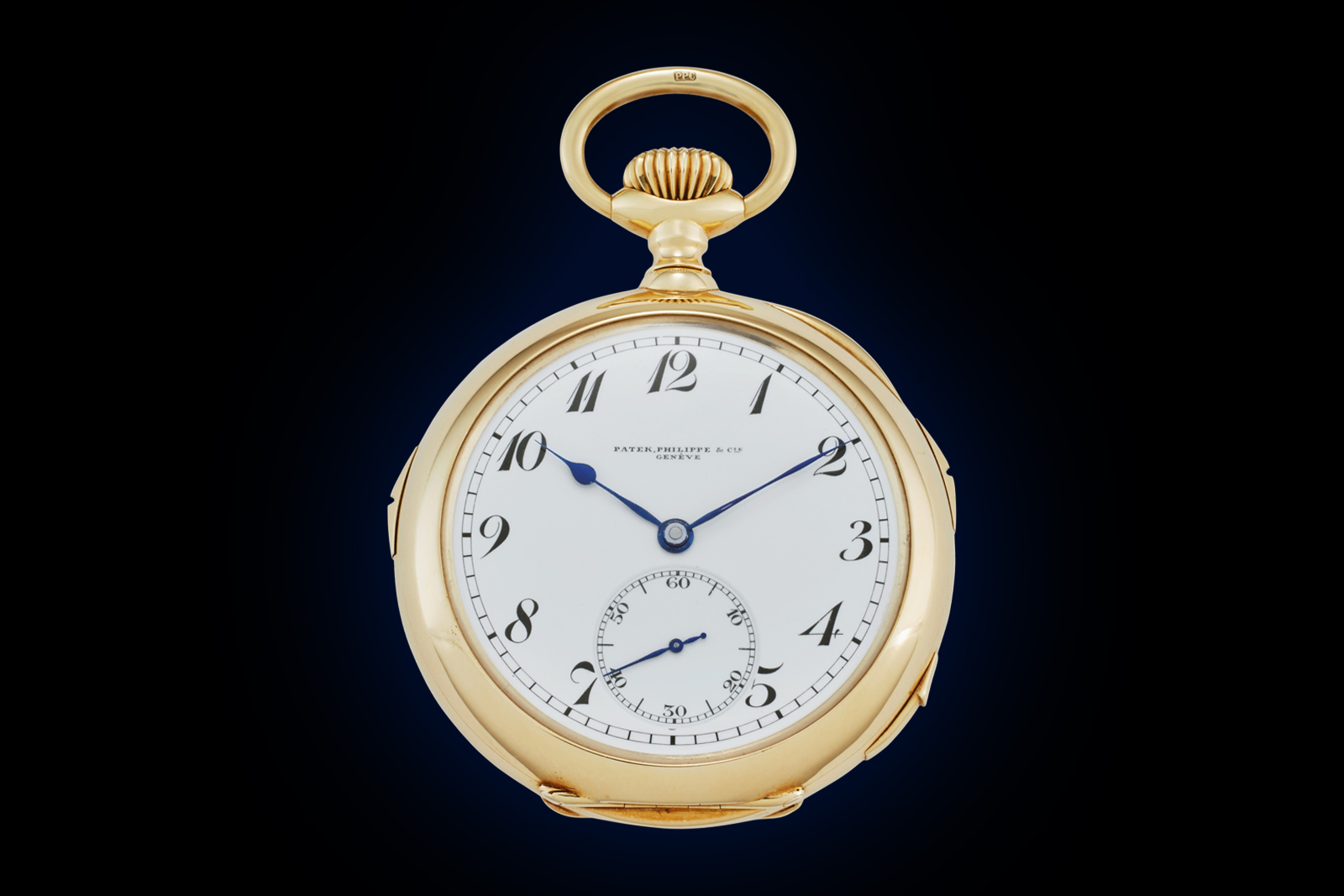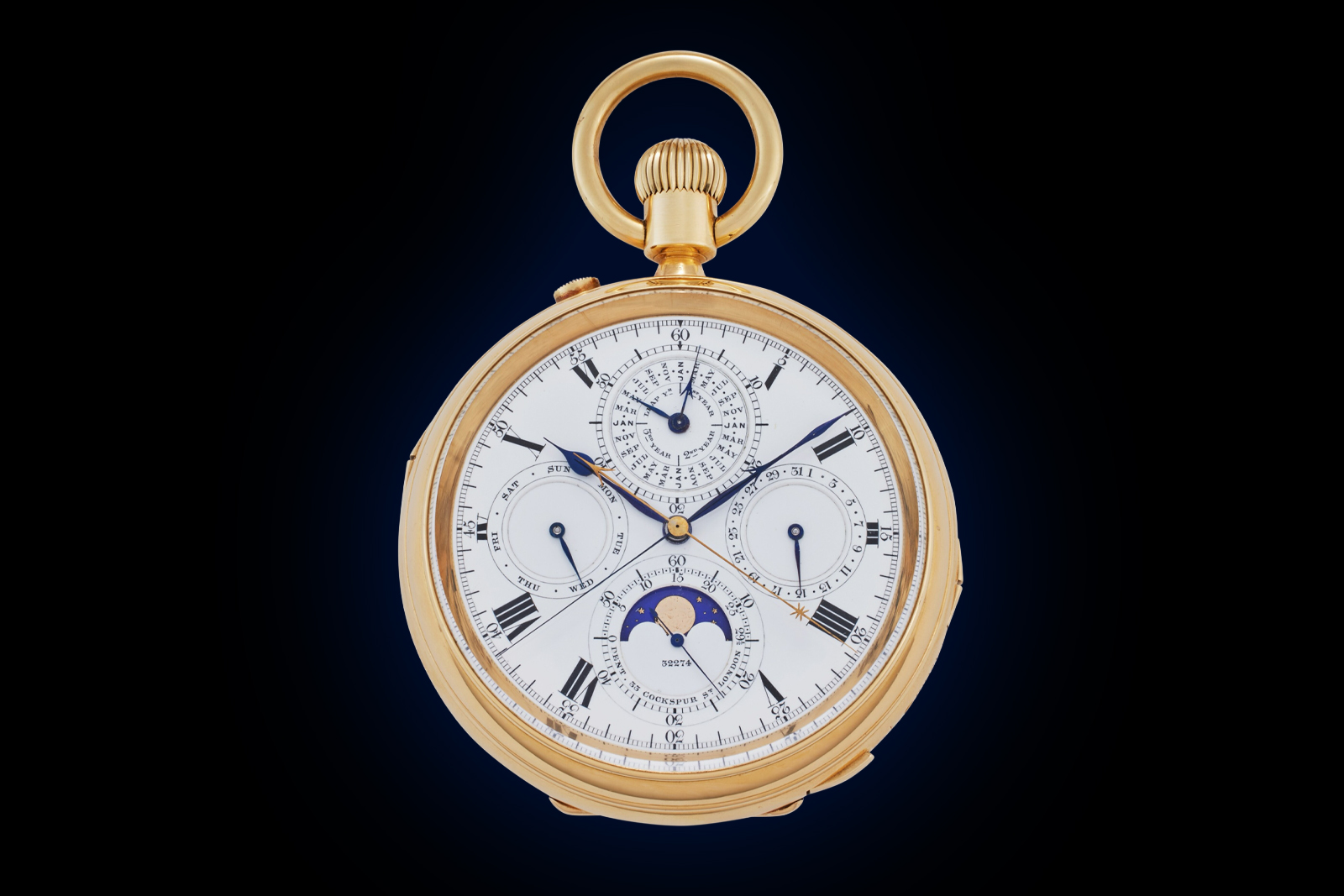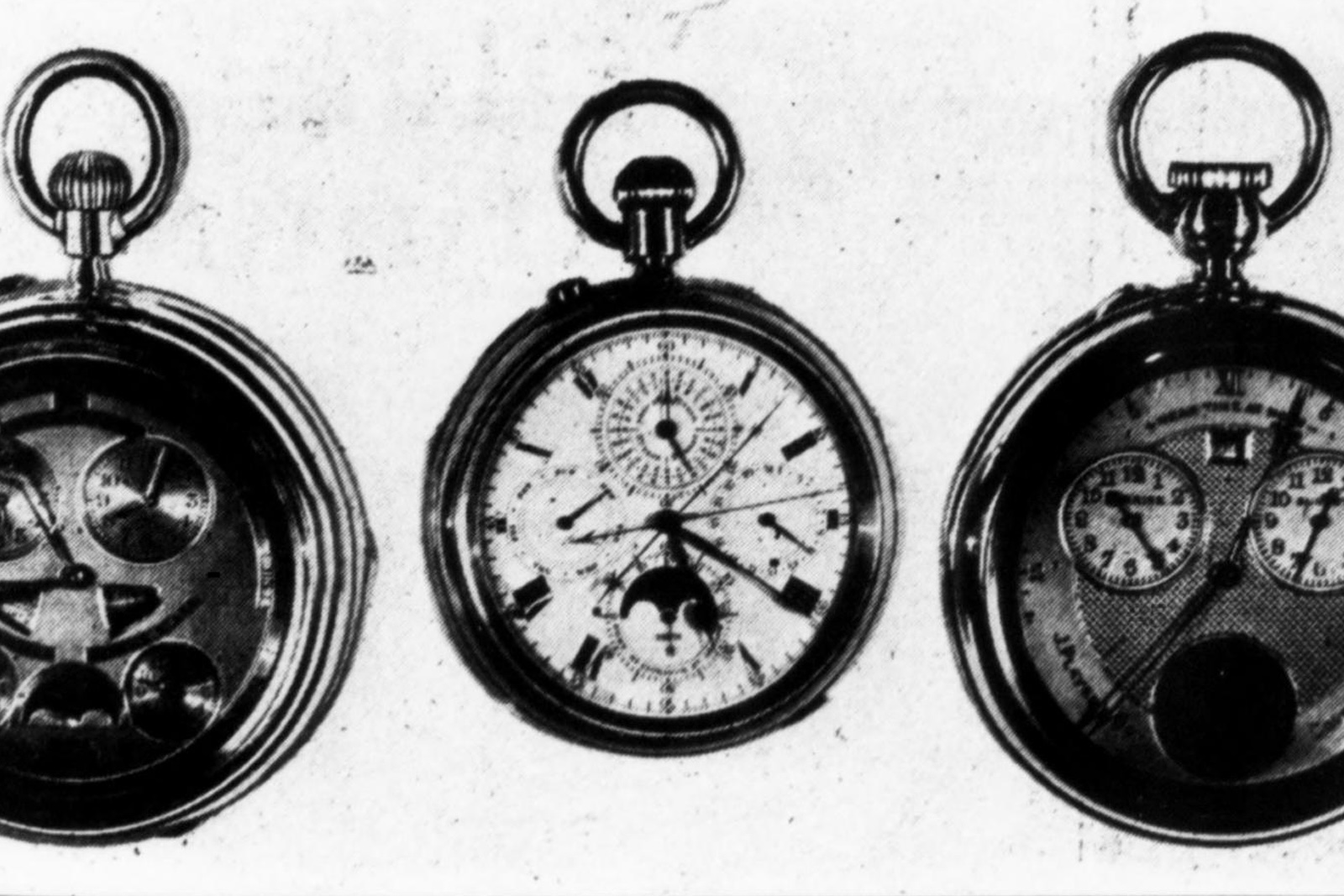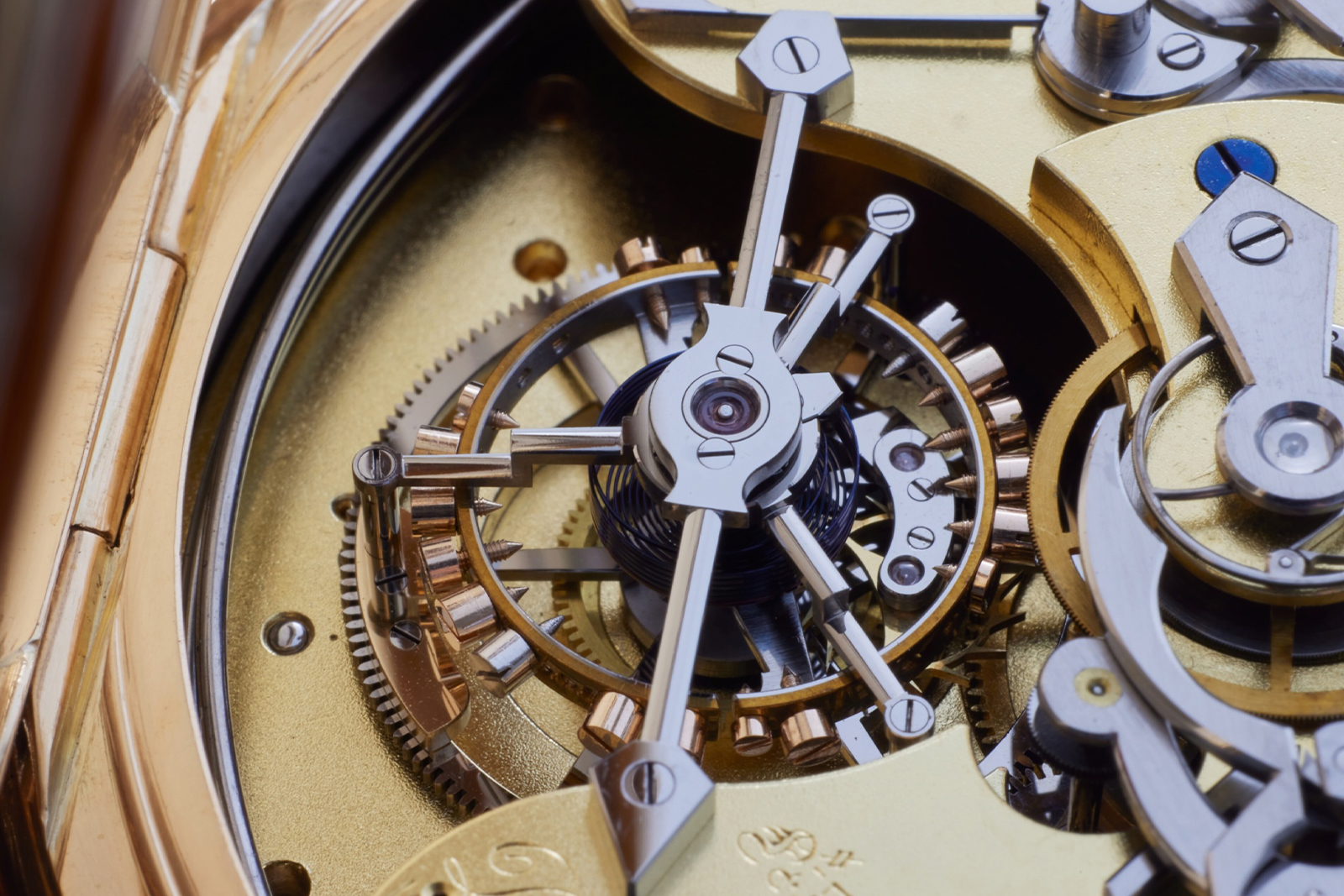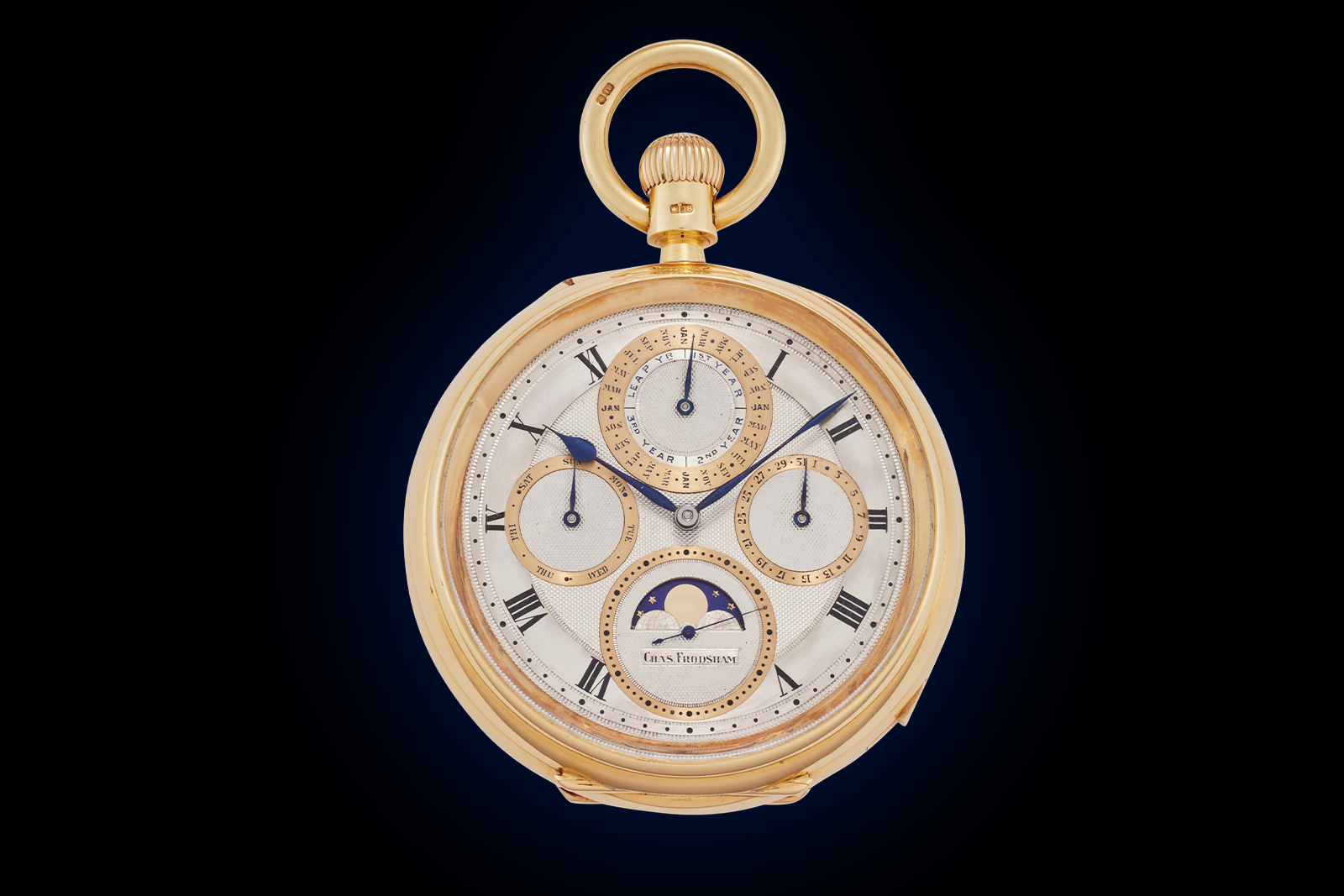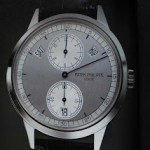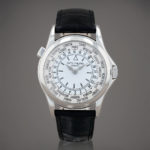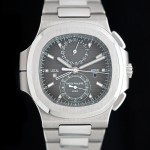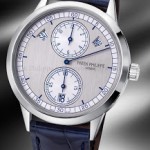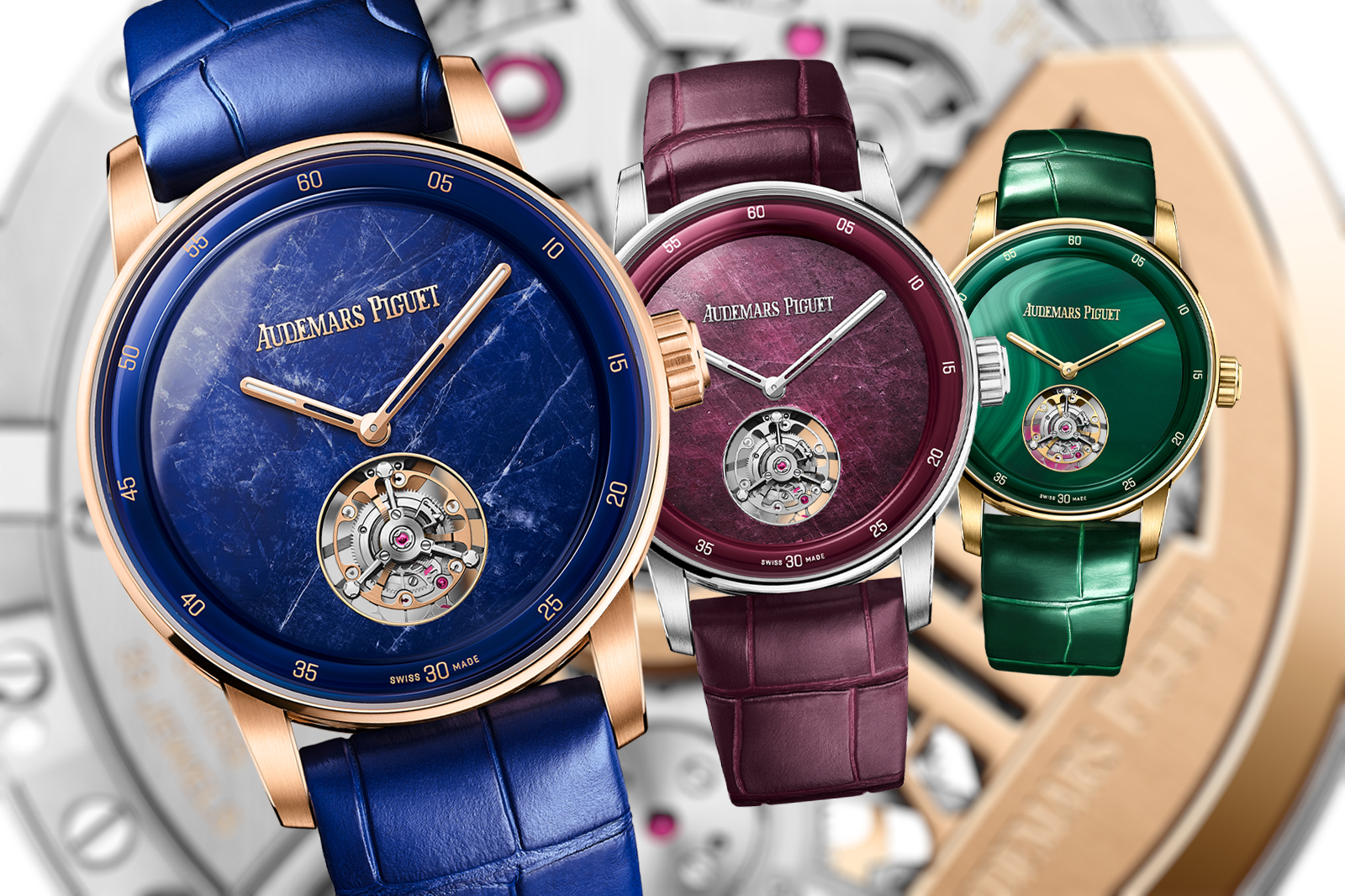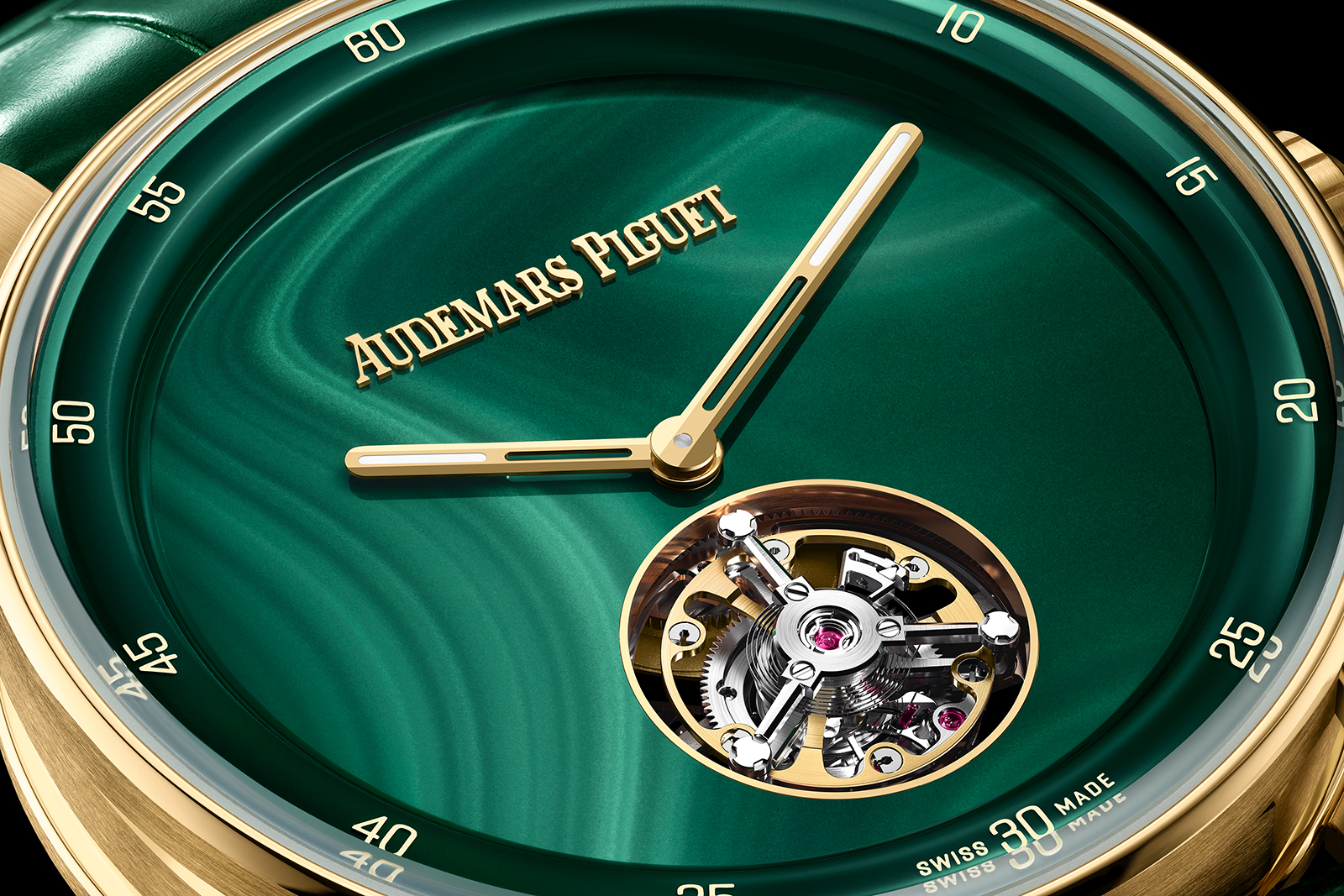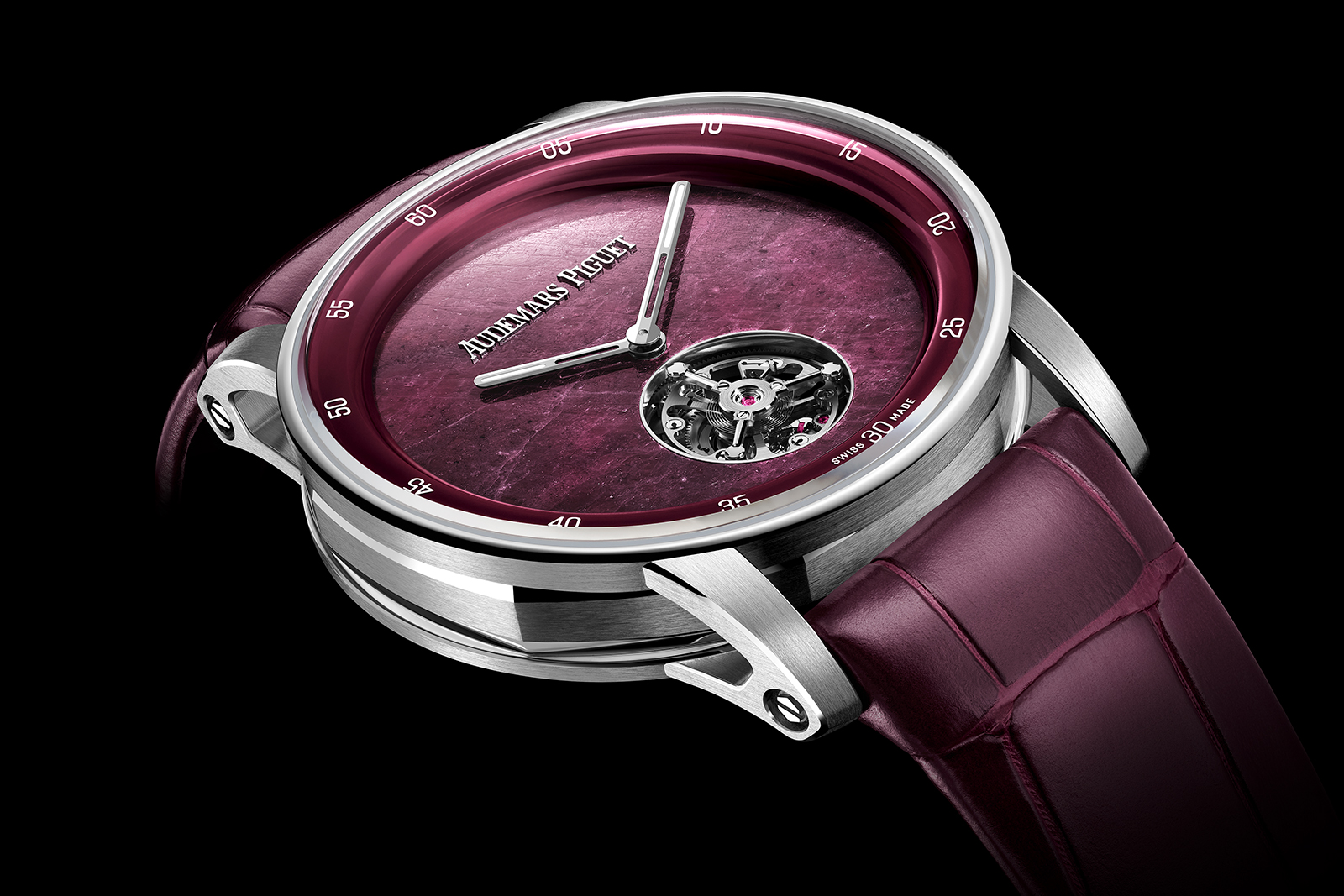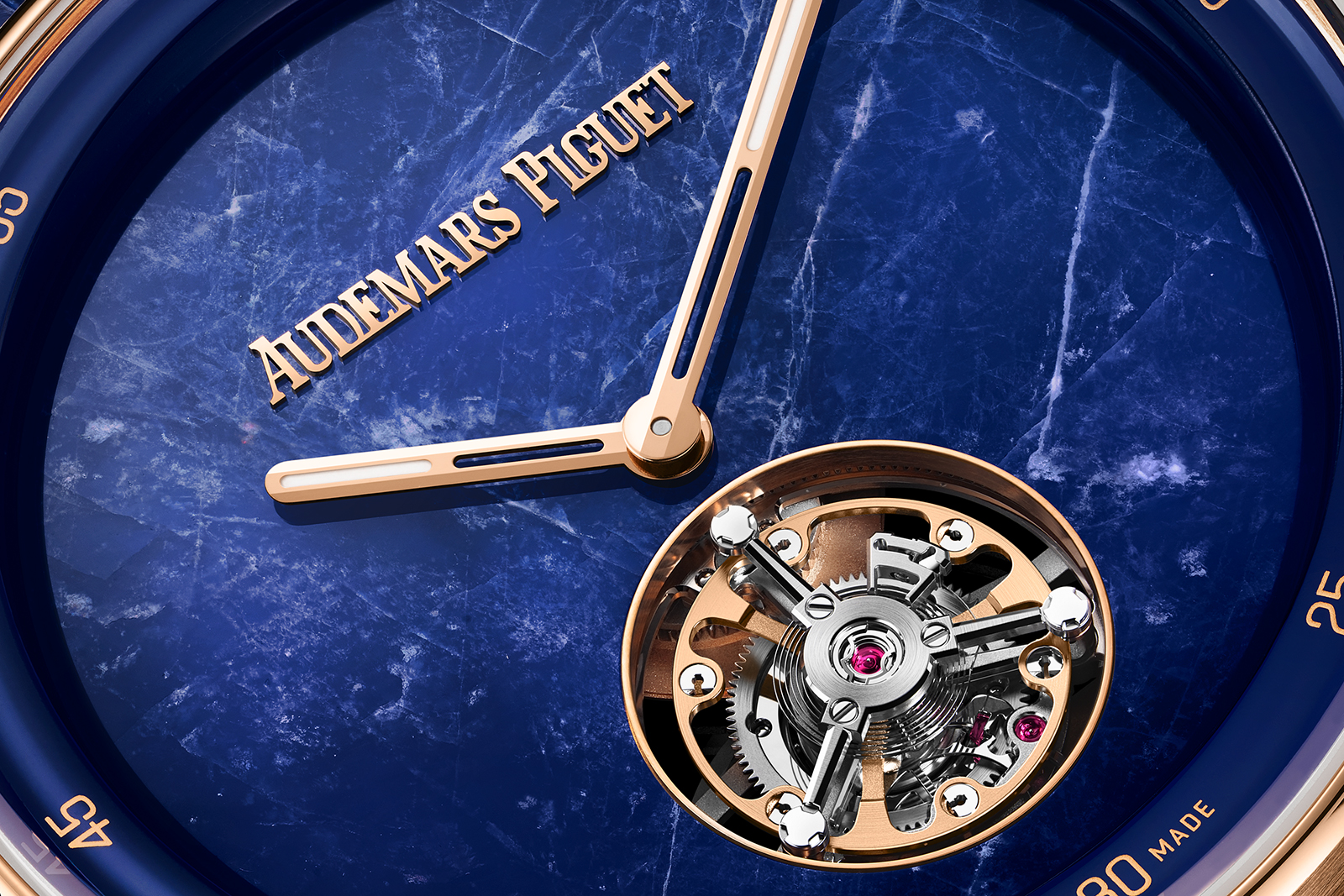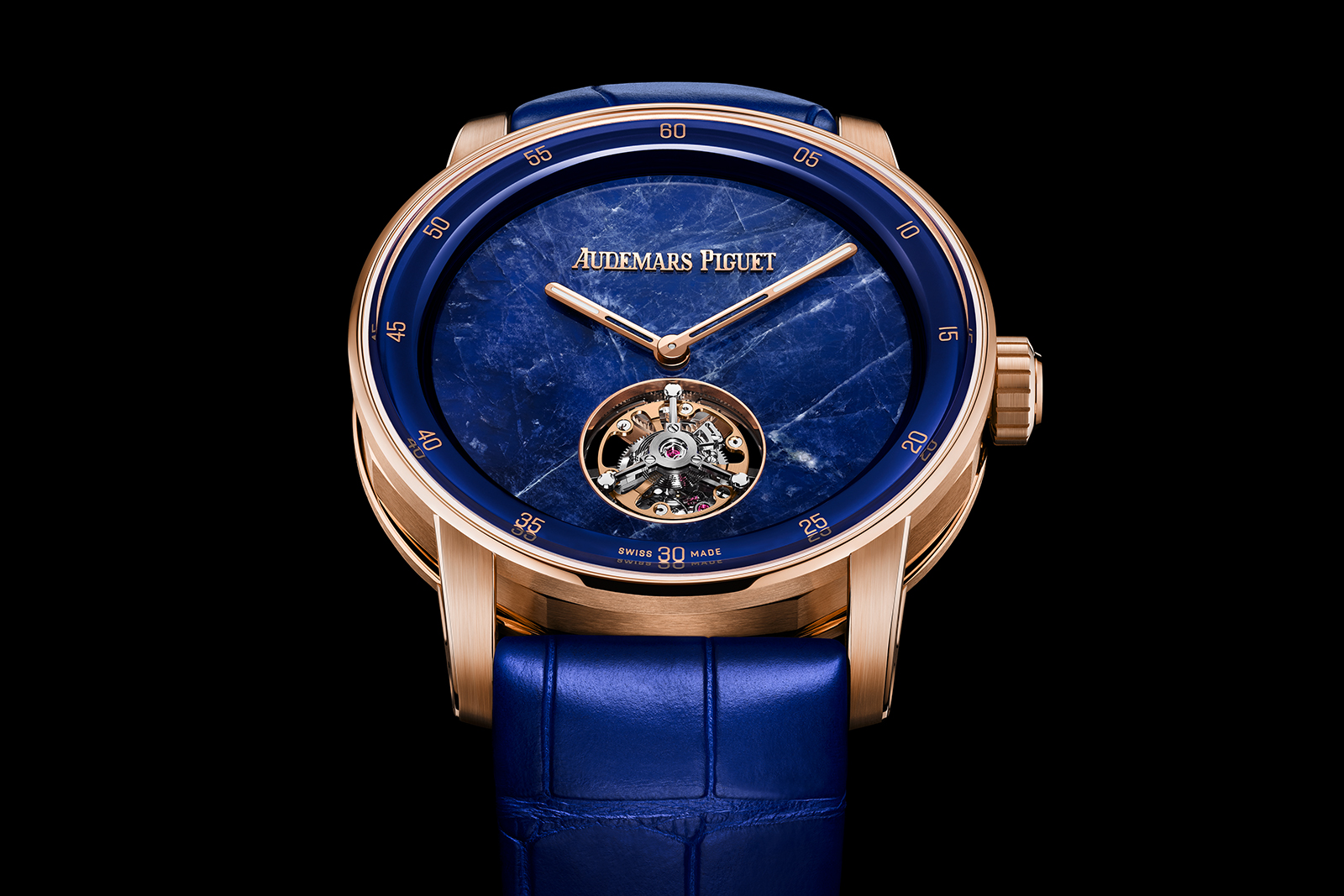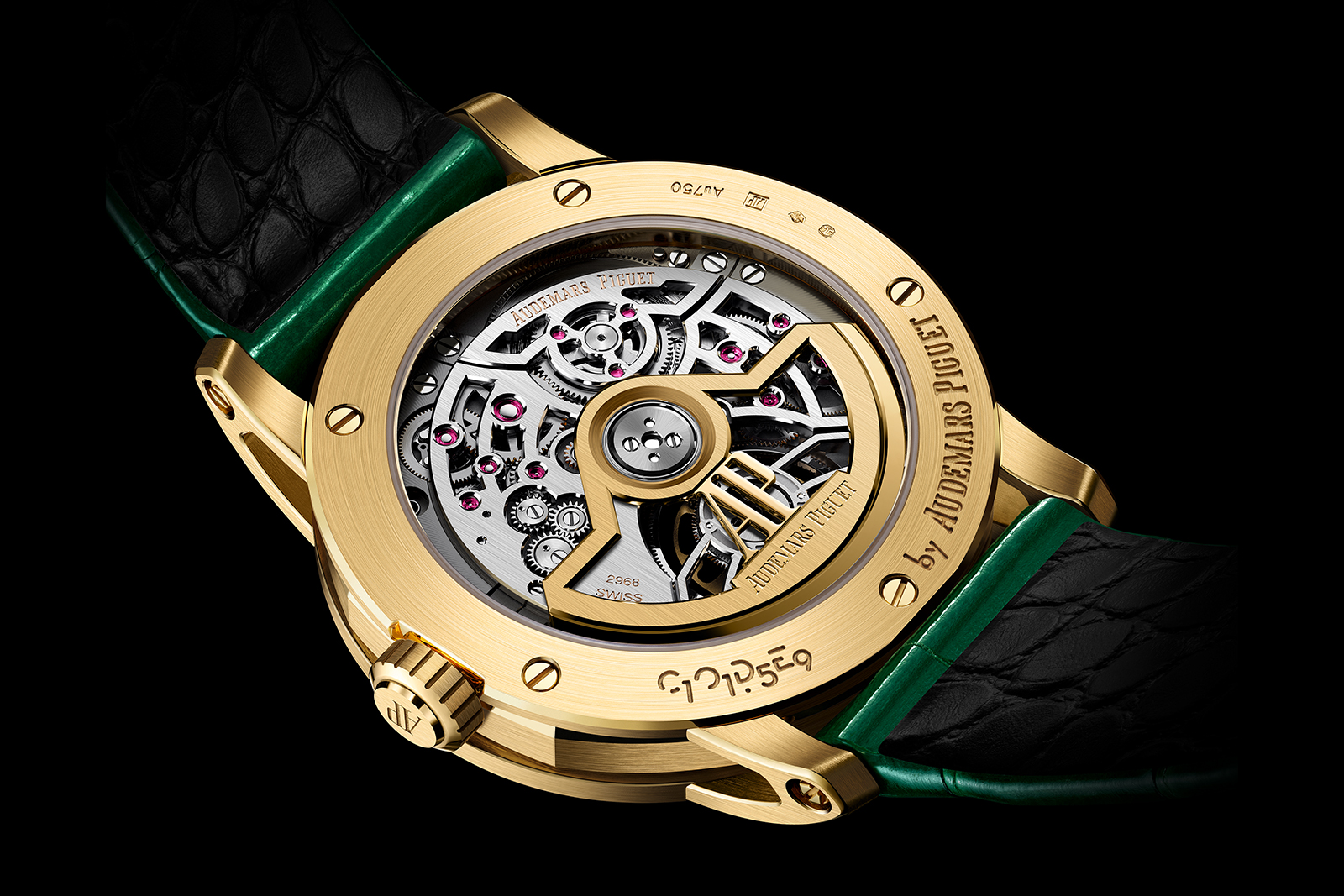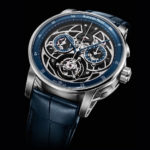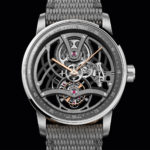Seiko’s Design Project Bears Fruit with the Collection 1
A gender-neutral revival of the 1980s Tissé.
The Seiko Collection 1 is the first commercial release from the brand’s revived Power Design Project. The look revisits the Tissé, one of many popular Seiko designs from the 1980s. A delicate watch on a beaded bracelet, it was a big hit in Japan. Four decades later, its spirit returns in a compact, unisex format designed to be worn loosely like jewellery.
Designed by Yuya Suganuma, the Collection 1 debuts as a 500-piece limited edition in each of three colours, blending typical Seiko build quality with a playful, accessory-first design.

Initial thoughts
For much of the Swiss watch industry, the 1980s was an era marked by the painful triumph of quartz technology. But on the other side of the world, quartz pioneer Seiko was thriving. The brand’s catalogues of the era reflects the optimism of the moment with an astonishing number of interesting designs, many of which have been reimagined over the years; we’ll likely see more of them in the future.

The Tissé was one such model, introduced as a ladies watch in 1984. A tiny watch on a beaded steel bracelet, the Tissé was designed to be worn loosely, and became a big hit in the home market. The Tissé was eventually discontinued, but the concept was reimagined in 2022 as part of the brand’s re-launched Power Design Project, an internal design initiative with the theme of “rebirth”.
The watch that would become the Collection 1 drew attention for questioning traditional norms for wristwatch ergonomics. It was designed by Yuya Suganuma, a graduate of the Kanazawa College of Art who joined Seiko in 2021, and who also designed the clever ninja watch for the Power Design Project earlier this year.
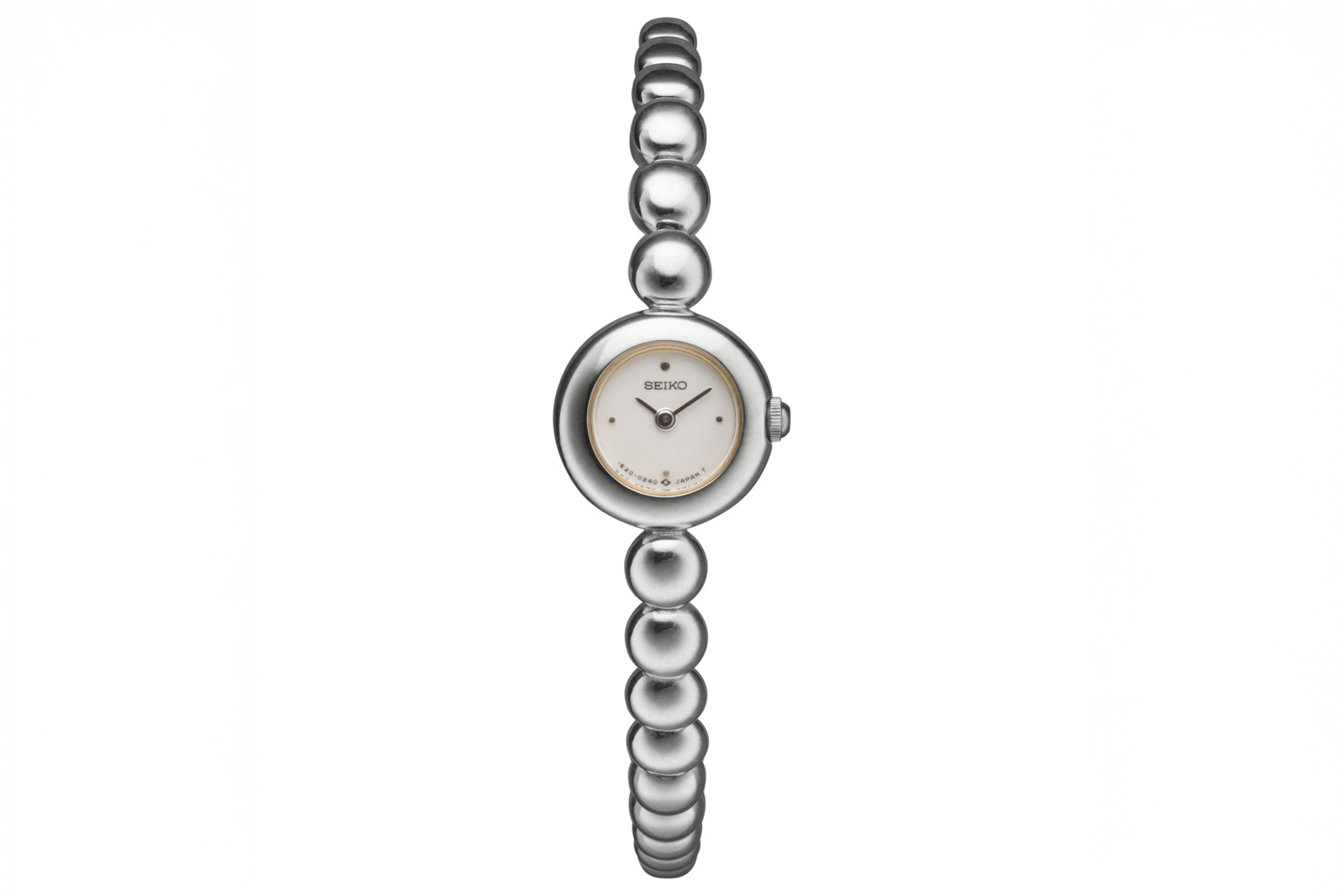
Today the re-born Tissé debuts as the Collection 1, the first product commercialised directly from the Power Design Project. And while the 1984 original was designed at a time when small, delicate watches were marketed exclusively to women, times have changed. Small watches are now in vogue for men as well, so the Collection 1 is officially a unisex offering.

Designer Yuya Suganuma
Pricing has only been announced in European markets, where the watches will cost €405 for the stainless variant and €450, for the black and yellow gold-plated models, when they go on sale later this year. The pricing is significantly higher than similar Swatch models like the Inspirance, but the style will surely resonate with some. And they won’t be that common; each colour is a limited edition of 500 pieces, offering typical Seiko build quality in a fashion-forward package.
A watch to wear loosely
The original Tissé became popular because it allowed the watch to be worn loosely, more like an accessory than a watch. The Collection 1 seeks to recreate this concept, and is necessarily quite small at just 20 mm in diameter; it would nearly fit between the lugs of a Daytona. The case of the watch itself is the largest of many circular bracelet links, which are larger above twelve than below six; the result is pleasing asymmetry.
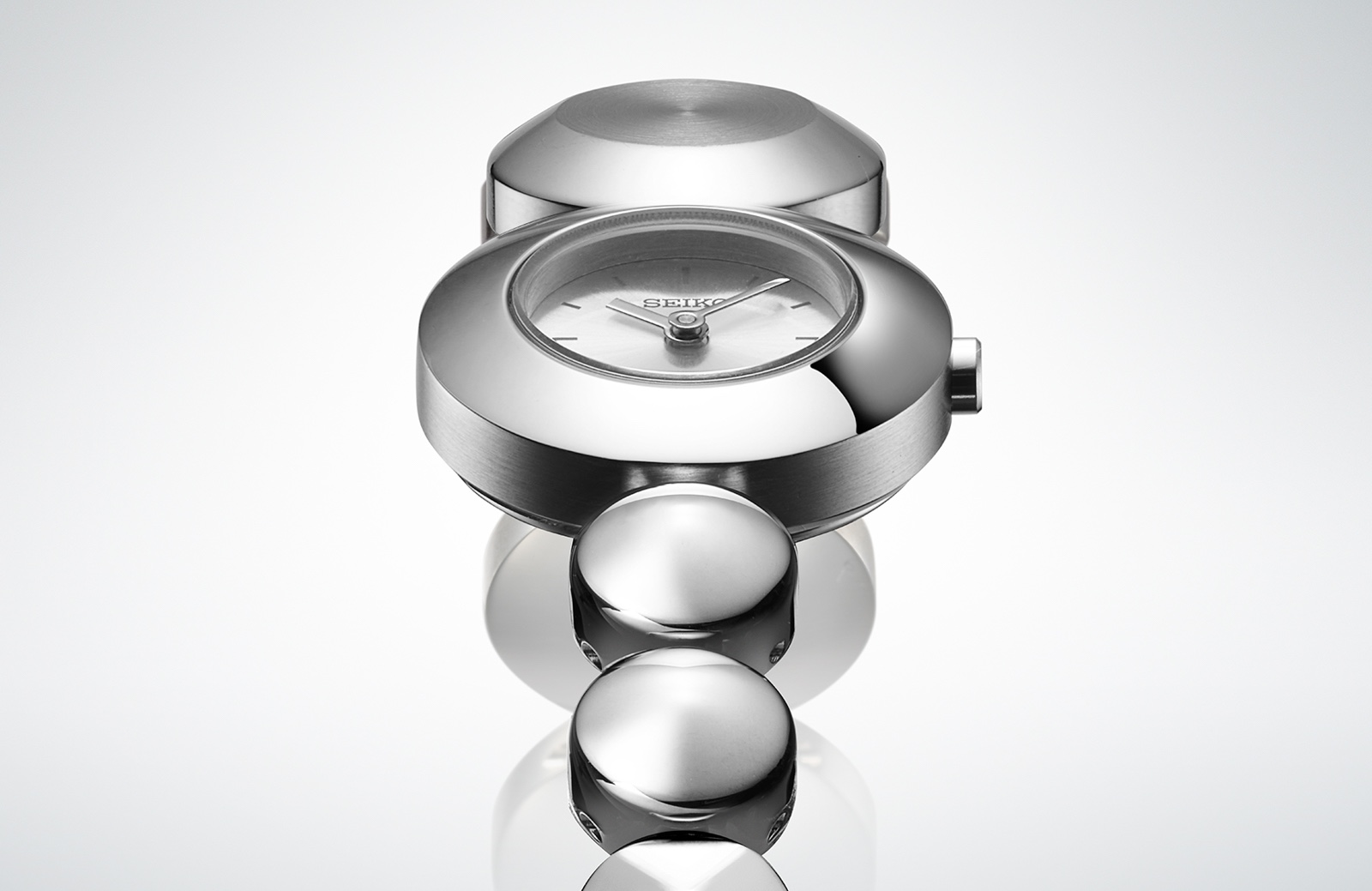
Worn loosely as intended, the watch will be subject to more wear than the typical wristwatch, so it would have been nice to see a specialised scratch-resistant coating used, but doing so would have likely increased the price substantially. Another item liable to scratch is the crystal, which isn’t sapphire but is instead Seiko’s Hardlex mineral crystal. But the durability of Hardlex, being more shatter resistant than sapphire, makes it the right choice for the Collection 1.

The Collection 1 is powered by the in-house quartz cal. 4N30, which is ordinary in most respects, save for its diminutive 12.5 mm size. Rated to +/- 15 seconds per month, it should run for about three years between battery changes.
Key facts and price
Seiko Power Design Project Collection 1
Ref. SSEH021 (stainless steel)
Ref. SSEH023 (blackened steel)
Ref. SSEH024 (gold-plated)
Diameter: 20.2 mm
Height: 6.7 mm
Material: Stainless steel
Crystal: Hardlex mineral crystal
Water resistance: 30 m
Movement: Cal. 4N30
Functions: Hours and minutes
Frequency: 32,768 Hz
Power reserve: Battery life of approximately 3 years
Strap: Stainless steel bracelet
Limited edition: Limited to 500 pieces in each configuration
Availability: From December 2025 at Seiko boutiques and retailers
Price: €405 (SSEH021); €450 (SSEH023 and SSEH024)
For more information, visit seikowatches.com.
Back to top.




